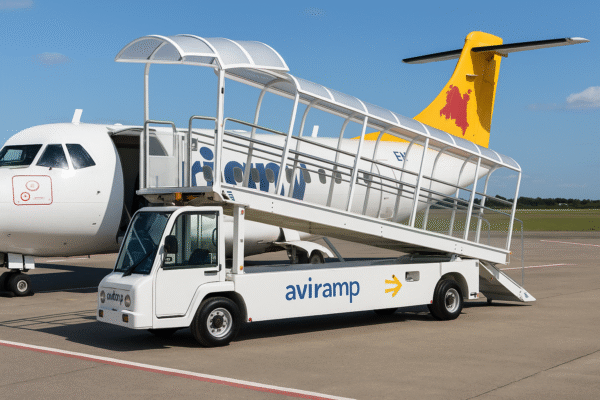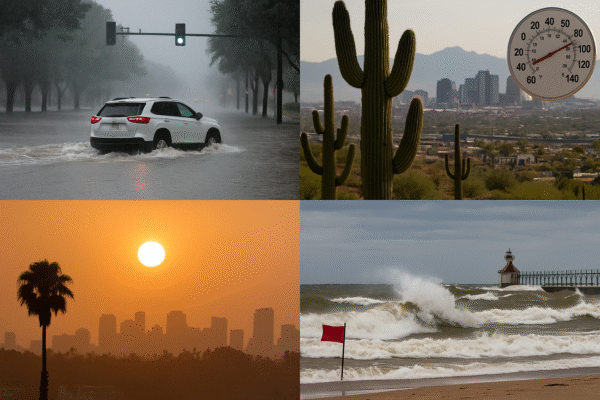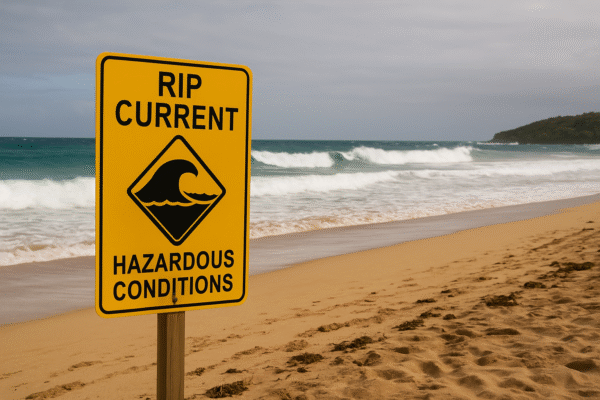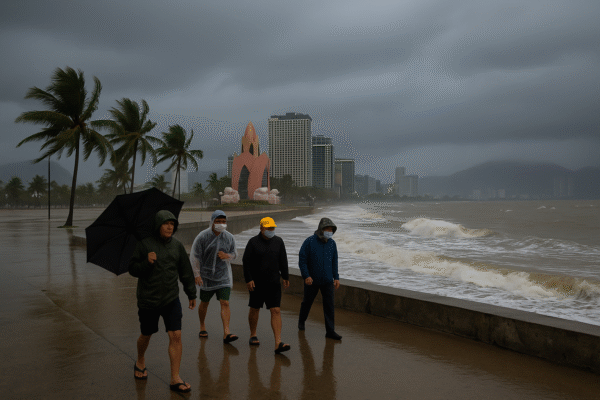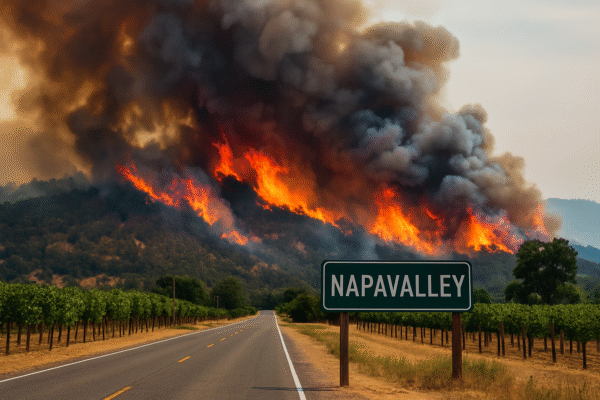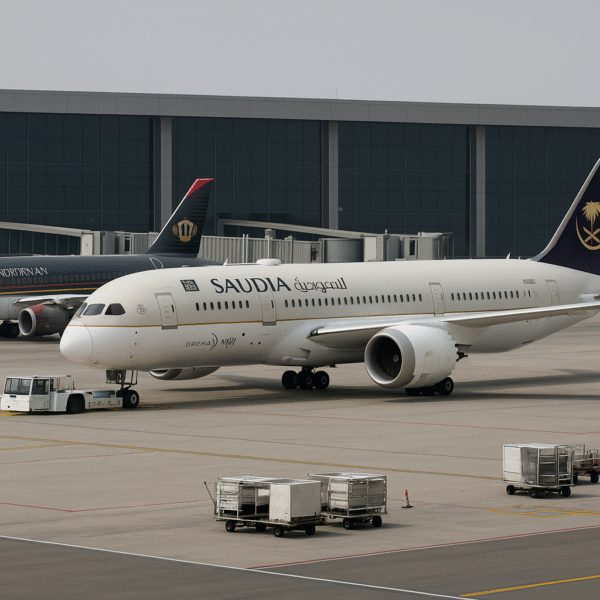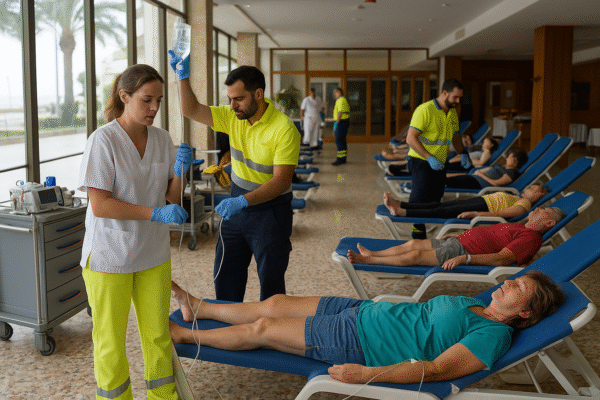When you’re soaring thousands of feet above the ground, the last thing you expect is an object brought aboard to spark a mid-air emergency. But that’s exactly what happened aboard American Airlines Flight 357, traveling from Philadelphia to Phoenix on a recent morning. Inhaling the faint scent of smoke, passengers awoke to see a flight attendant sprinting down the aisle with a fire extinguisher—alerting everyone that an electronic device had caught fire mid-flight.
Pilots and crew responded immediately, deploying extinguishers to contain the blaze. Thanks to their quick thinking, the aircraft diverted safely to Washington Dulles International Airport (IAD), landing around 11:50 a.m. with all 160 passengers and six crew members unharmed. This calm yet crucial response underscored the strength of crew training and fire preparedness within the airline industry.
The Broader Picture: Surging Device Fires at 30,000 Feet
Though rare, incidents like this one are becoming more frequent. According to recent FAA data, fires linked to portable electronic devices—many powered by lithium-ion batteries—have surged 388% since 2015, now occurring nearly twice a week on US flights. On average, the FAA confirms 38 incidents just this year, continuing last year’s record high of 89 events.
Lithium batteries pose unique dangers. Known for their energy density, they can combust unexpectedly via a process called thermal runaway, especially if damaged, overheated, overcharged, or improperly packed. When this occurs mid-flight, the consequences can be dire—but cabin crews are trained to recognize overheating, smoke, expansion, or flames and to act swiftly to protect lives.
Why Tourists Should Care
For travelers—whether you’re heading to Arizona’s Grand Canyon or the historic streets of Philadelphia—these statistics serve as more than headlines. In-flight emergencies can disrupt travel plans, spark panic, or delay entire itineraries. That’s why awareness and smart packing decisions are not just savvy—they’re essential for a smooth journey.
Safety Measures: TSA & FAA Guidelines Ensuring Safe Flights
To mitigate risk, TSA now forbids power banks, chargers, spare lithium batteries, and similar items in checked luggage. These must be carried onboard, so staff can respond quickly to any signs of distress. Meanwhile, lithium batteries that are defective are prohibited entirely from flights—underscoring that only safe, approved devices are allowed.
Airlines Step Up Safety Protocols
Some airlines are going even further. In May, Southwest Airlines instituted a policy requiring passengers to keep portable chargers visible when in use, enabling rapid intervention if something goes wrong. International carriers have adopted similar measures: in Asia, certain airlines now ban power bank use mid-flight or require them to be stored in protective packaging—responses prompted by previous fire-related incidents.
What Tourists Can Do to Stay Safe
If you’re packing electronics for your journey:
- Keep portable batteries, power banks, and spare lithium cells in carry-on only. Never in checked baggage.
- Monitor your devices: if one becomes hot to the touch, starts to swell, emits smoke, or behaves unusually, turn it off and alert the crew immediately.
- Avoid overcharging or cheap knock-offs: Use quality, certified batteries and chargers, and don’t leave devices charging unattended.
- At airports, watch pre-flight safety briefings and heed any updated instructions or warnings.
By following these precautions, travelers can help prevent small emergencies from becoming frightening situations.
Final Thoughts
The incident aboard Flight 357—an unscheduled landing due to a burning device—was undoubtedly alarming, but it ended well thanks to effective crew training and emergency systems. The surge in similar incidents isn’t just a statistic; it’s a call to action. For travelers, staying informed and vigilant about how you pack and handle electronic devices isn’t just responsible—it’s essential to personal safety.
As tourism picks up and more people take to the skies, let safety be part of the journey. A little preparation ensures that your flight remains memorable for the right reasons—whether you’re heading west to the deserts of Arizona or exploring the cultural riches of the East Coast.
For more travel news like this, keep reading Global Travel Wire

